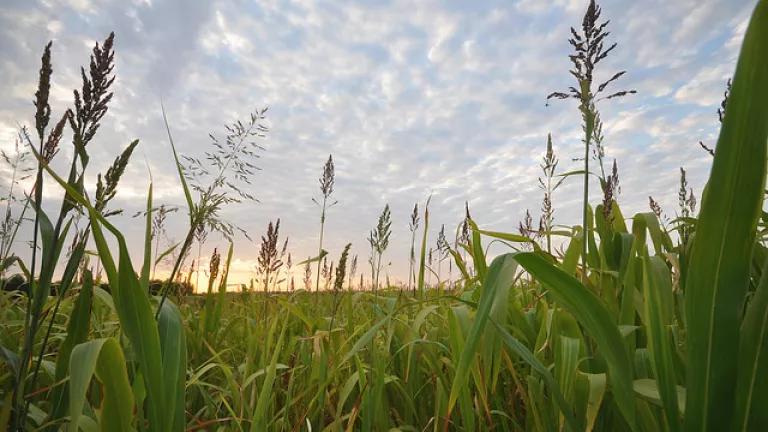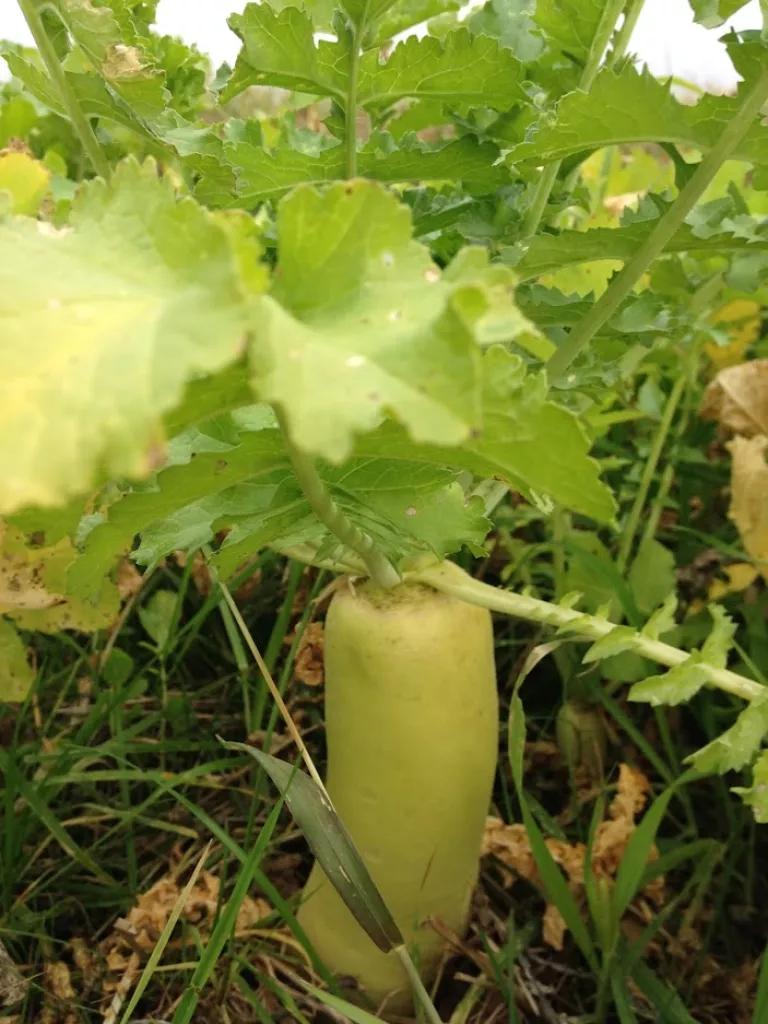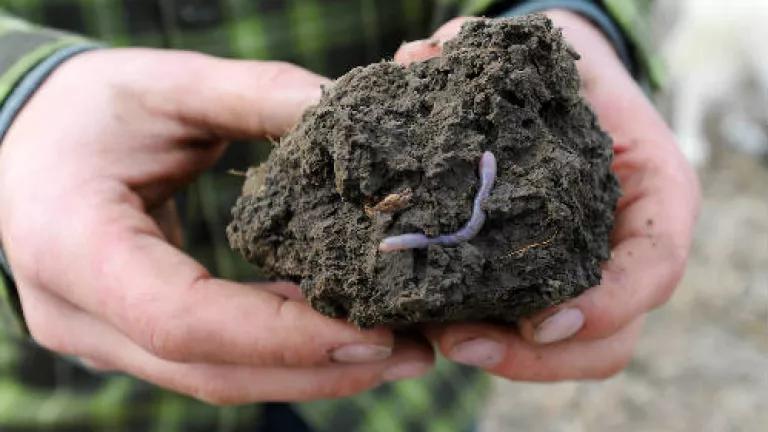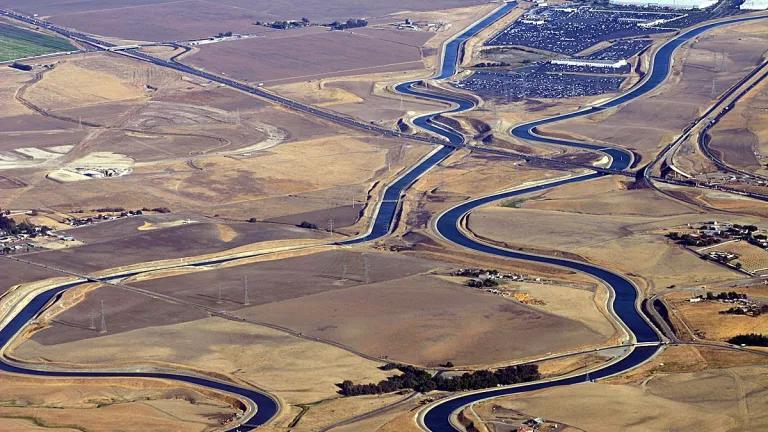Illinois Cover Croppers Eligible for Crop Insurance Rewards

With winter approaching and harvests ending, it’s a good time to show extra reverence for soil, the life-giving layer of the Earth with many special superpowers—like growing our food, to name the one that comes first to mind.
What better way to revere soil than rewarding farmers who have invested in it by planting cover crops? So we are overjoyed to report that the Illinois Department of Agriculture has just announced that sign-up is open for its brand new crop insurance savings program. The program will reward Illinois farmers who planted cover crops this fall with $5 per acre to go toward paying their crop insurance bills next year. The Illinois program follows the model of Iowa’s three-year demonstration pilot; farmers have until January 15th, 2020, to enroll acres planted in cover crops this fall and save on their crop insurance next summer, and the program is funded for up to 50,000 acres of cover crops (for reference, the average farm size in Illinois is 372 acres according to the 2017 Census of Agriculture).
Cover-cropping is the practice of keeping living roots in the ground after the last cash-crop has been harvested, so that the soil isn’t left bare over the winter. Cover crops hold the soil in the ground and improve its biology, chemical function, and physical structure. Cover crops regenerate the soil and often improve farm profits in return.
If cover crops are so great, you may ask, why aren’t all farmers planting them? One of the major reasons is cost. Cover crop seed costs around $35 per acre on average; if a farmer is going to make that type of investment, they need to know they will see a return. While $5 per acre won’t cover the whole cost of cover crops, it will help farmers a lot to save on crop insurance. (For reference, see this resource from the University of Illinois; a typical crop insurance premium policy might cost the farmer about $13 so a $5 per acre reduction would make a significant reduction the crop insurance bill). In Illinois, about 80% of farmland is enrolled in crop insurance. Linking one of the most commonly-used federal farm programs to cover crops may help Illinois farmers make the decision to go that extra mile and rewards farmers who are already investing in the long-term viability of the land.
This program also takes a small step toward meeting its nutrient loss reduction strategy goals, as cover crops are a key practice for reducing polluted runoff from agricultural land. According to Kris Reynolds at American Farmland Trust, “Cover crops are one of the main in-field management practices listed in the Illinois Nutrient Loss Reduction Strategy as having the potential to reduce nutrient losses by at least 30%.”
NRDC has long-supported crop insurance incentives as a way to get more cover crops on the ground; we collaborated with our partners at American Farmland Trust and a number of Illinois groups to champion this program for farmers in the state.
Good job Illinois! We’re rooting for you.





